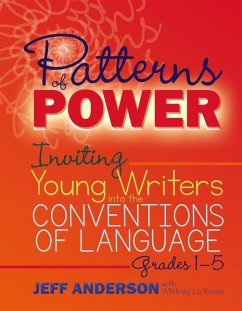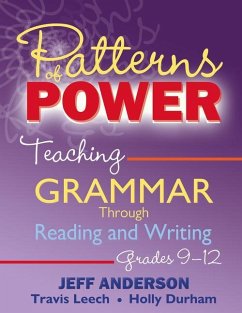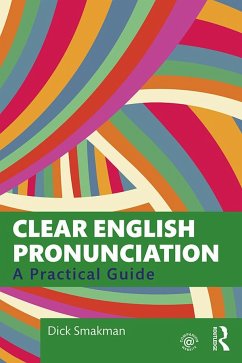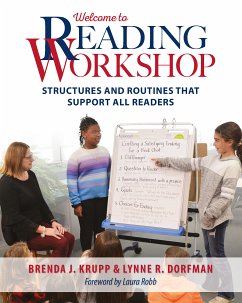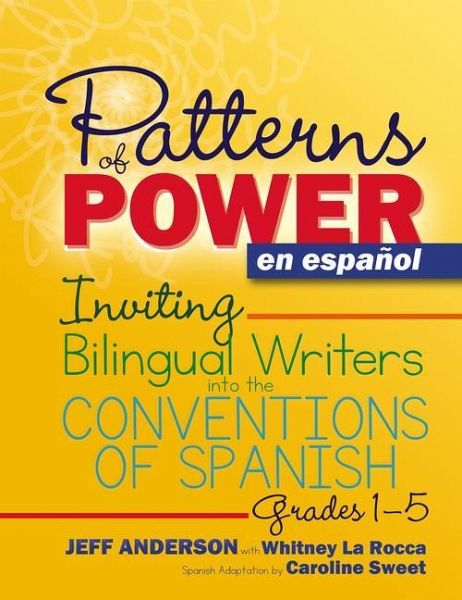
Patterns of Power En Español, Grades 1-5
Inviting Bilingual Writers Into the Conventions of Spanish
Versandkostenfrei!
Versandfertig in 2-4 Wochen
71,99 €
inkl. MwSt.
Weitere Ausgaben:

PAYBACK Punkte
36 °P sammeln!
Patterns of Power en espaà ol, Grades 1-5 provides a simple classroom routine that is structured in length and approach, but provides teachers flexibility in choosing the texts, allowing for numerous, diverse voices in the classroom.






